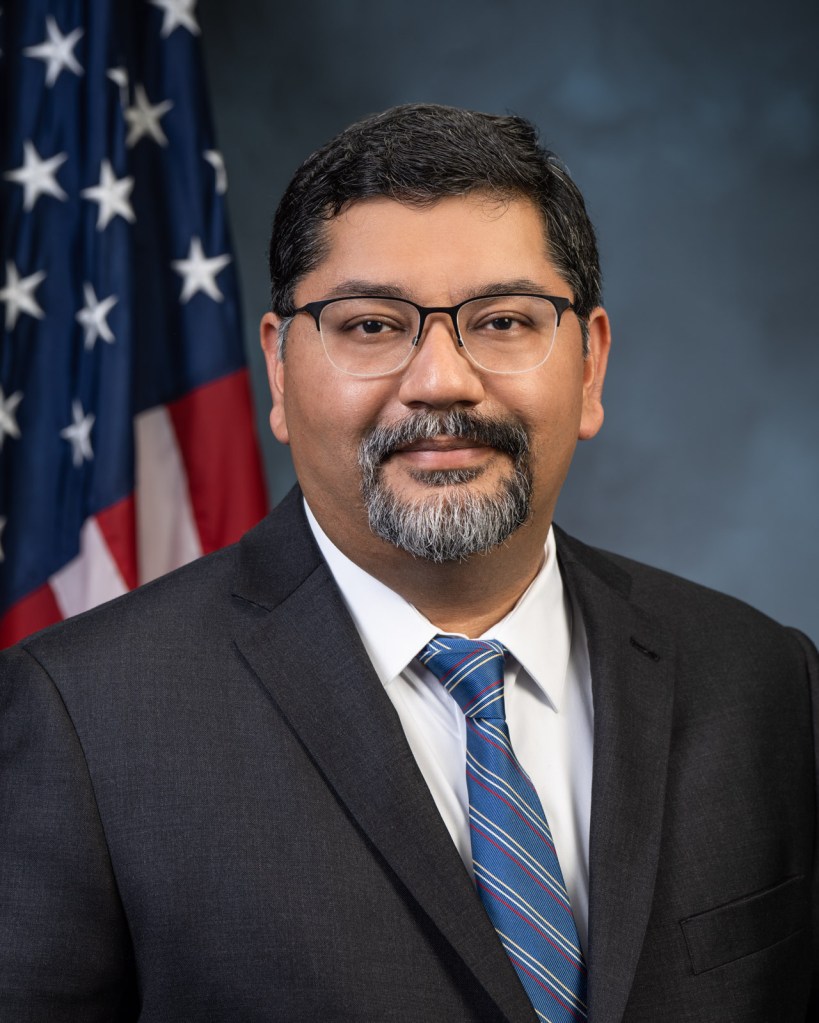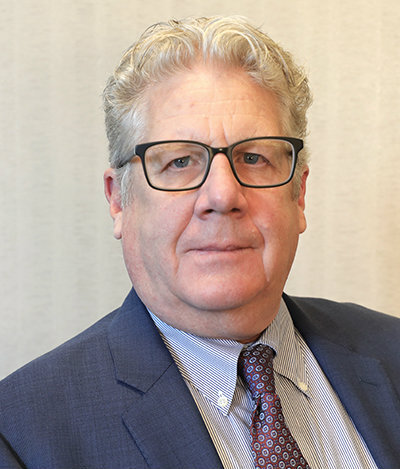Ginnie Mae is aiming to roll out plans for its new Home Equity Conversion Mortgage (HECM)-backed Securities (HMBS) product by the end of the year, according to acting president Sam Valverde, who spoke at the National Reverse Mortgage Lenders Association (NRMLA) Eastern Regional Meeting in Washington, D.C., on Wednesday. The news was first reported by Inside Mortgage Finance.

Speaking to attendees during a keynote speech, Valverde said that the government-owned company had “a reputation of being less than transparent,” according to the reporting, and wanted to “sensitize” the reverse mortgage market to its plans for the new product.
The announcement was reportedly met with applause from attendees.
The company is developing policy and implementation plans for the instrument, and plans to roll out a term sheet that will include a 30-day public comment period that is expected sometime in June. The program’s launch is expected by the end of this year but could potentially come sooner, Valverde reportedly said.
RMD reached out to representatives of Ginnie Mae but did not immediately receive a response.
NRMLA President Steve Irwin told RMD that the association looks forward to engaging with the company on the development.

“NRMLA is pleased to hear that Ginnie Mae will be releasing some of the details around a potential HMBS 2.0 program for public comment, and our HMBS Issuer Committee is looking forward to reviewing the information once that comment period begins,” Irwin said.
Ginnie Mae first signaled in January that it was planning to develop a new HMBS product, which has been colloquially referred to by industry participants as “HMBS 2.0.” It will enable the acquisition of loans from an HMBS pool above the existing 98% maximum claim amount (MCA) requirement, according to an initial announcement by Ginnie Mae.
When a HECM loan reaches 98% of its MCA, current rules stipulate that the issuer or investor must buy the loan out of its HMBS pool as a stability-ensuring measure for the broader HMBS program. By exploring a new product that would allow loans with a higher balance to be a part of a new securitization, Ginnie Mae is aiming to add more stability to the secondary reverse mortgage market following serious liquidity challenges seen throughout 2023.
In an accompanying statement, Ginnie Mae’s then-President Alanna McCargo made clear that this new reverse mortgage security would be in addition to the current HMBS program, not a replacement for it.
“Ginnie Mae remains committed to the HMBS program, which supports an important tool that enables seniors to tap into their home equity,” McCargo said in January. “This potential product exploration reflects our focus on current liquidity issues affecting the secondary mortgage market.”
Upon news of the product’s development, former Ginnie Mae President Ted Tozer lauded the move, saying “one thing that’s urgently needed is to have this liquidity facility so that lenders — when they buy loans out of pools at ninety-eight percent — they can actually turn around and use them as collateral, again, for a government-guaranteed security.” Tozer made a similar recommendation in a paper he authored for the Urban Institute late last year.
The HMBS program has proven to be a challenge for the government-owned company ever since Ginnie Mae assumed control of the HMBS portfolio from Reverse Mortgage Funding (RMF), which halted new originations in late 2022 before ultimately declaring bankruptcy and winding down operations.
Last year, Ginnie Mae implemented key changes to the HMBS program, including reducing the minimum size required to create HMBS pools to assist smaller issuers, while also changing certain pool eligibility requirements to ease some liquidity strain.
In November 2023, the HUD Office of the Inspector General (OIG) stated that the HMBS portfolio poses a “significant risk” to Ginnie Mae in 2024, largely due to the sensitivity of HECM loans to interest rates. The HUD OIG had also announced earlier that it was opening an inquiry into the extinguishment of RMF from the HMBS program, as the government aims to defend Ginnie Mae in a lawsuit from one of RMF’s former creditors.
This story will be updated with comments from Ginnie Mae once they are received.





